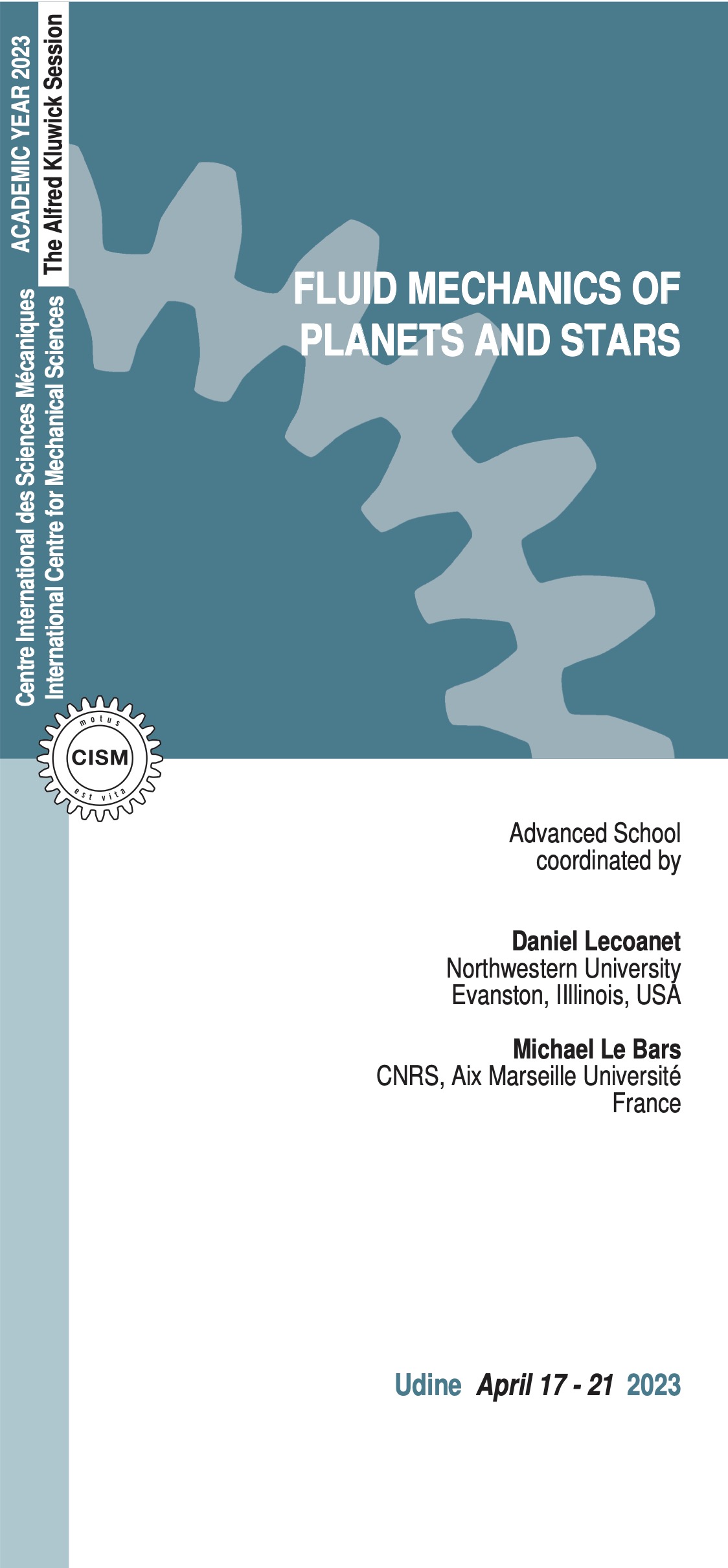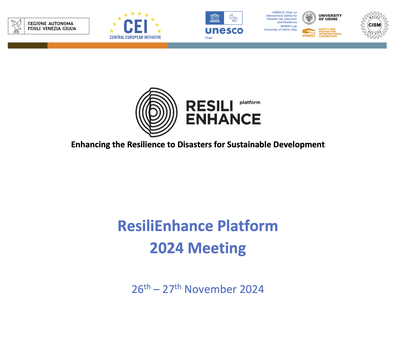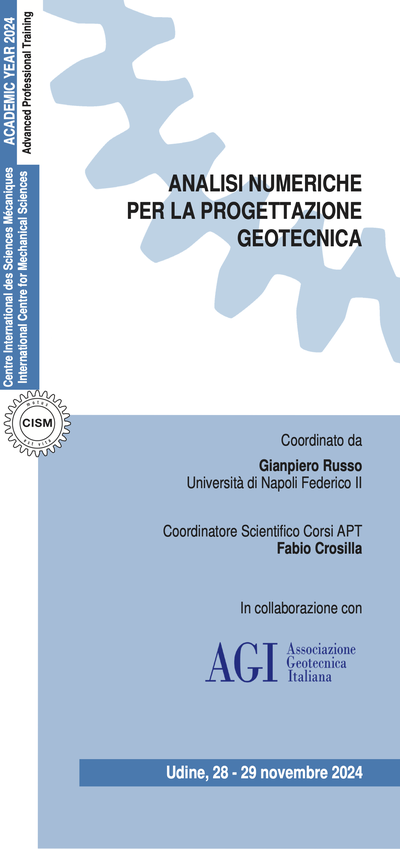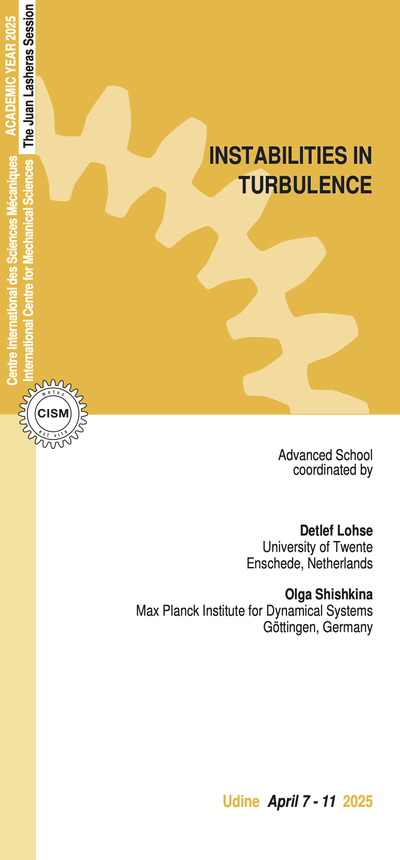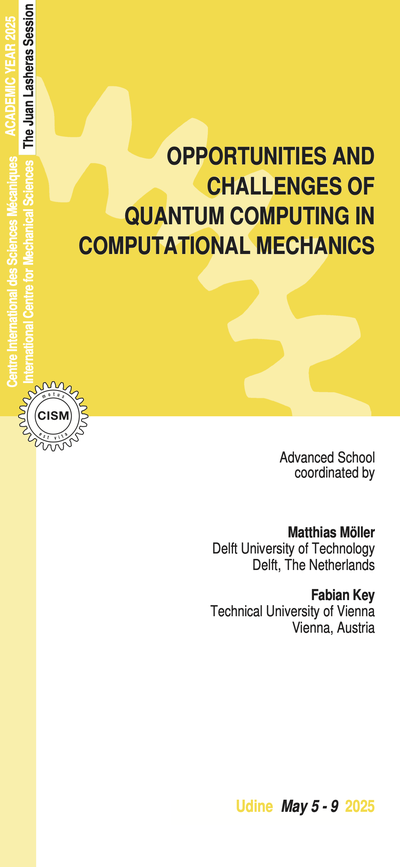Understanding the dynamics of planetary and stellar fluid layers - including the atmosphere of the Earth and other planets, iron cores, and stellar convective and radiative zones - remains a tremendous interdisciplinary challenge, relying on common knowledge in fundamental fluid mechanics. A few of the numerous open questions include:
• What are the basic physical mechanisms responsible for climate circulation, and how can they be parameterised to reliably predict global climate change?
• What are the prevalent force balances and physical mechanisms behind natural large-scale features such as Jupiter's Great Red Spot and bands?
• What are the relevant driving forces and flow regimes in conducting planetary cores for explaining the generation of large-scale magnetic fields by dynamo action?
• How are the various types of waves propagating in the stellar interiors generated, what influence do they have on stellar evolution, and how can they be used to probe interiors via asteroseismology?
Interdisciplinary research in geo- and astrophysical fluid dynamics is also intrinsically multi-method. Indeed, the main obstacle to quantitative modeling and understanding of planetary and stellar flows stands in the extreme character of the involved dimensionless parameters. Relevant studies thus rely on the principle of dynamical similitude and scaling laws, sustained by theory, experiments and numerical simulations.
Much research effort has been devoted to understanding planetary and stellar flows within the various communities of Mechanics, Applied Mathematics, Engineering, Physics, Planetary, Atmospheric and Earth Sciences, and Astrophysics. But progress has mostly been confined to each separate domain, with only marginal cross-fertilisation. The objective of this school is to go beyond this state, by providing participants with a global introduction and an up-to-date overview of all relevant studies, fully addressing the wide range of involved disciplines and methods.
The course will be organized in three parts. The first will focus on fundamental aspects of fluid mechanics in geo- and astrophysical flows, including introductory material as well as current cutting-edge research, with a focus on instabilities, turbulence, and waves. The second part will focus on concrete applications to topical geo- and astrophysical problems, with lectures focusing on planetary interiors, atmospheres, and stars. Finally, the third part will involve practical numerical sessions using the open-source solver Dedalus (http://dedalus-project.org). Participants will learn to set up and run numerical simulations on their laptops related to the research problems discussed in the lectures.
The targeted audience for this school is PhD students, postdocs, and young researchers, working in departments of Mechanics, Applied Mathematics, Engineering, Physics, Planetary, Atmospheric and Earth Sciences, and Astrophysics. A background in fluid dynamics will be assumed for each participant, but no specific knowledge in any of the application domains or in computational methods will be requested. Each participant will be given the opportunity to present her/his work during a flash talk presentation, followed by a poster session.
Le Bars, Michael, and Daniel Lecoanet (eds). “Fluid Mechanics of Planets and Stars." Publisher: Springer (2020).
Vallis, Geoffrey K. "Atmospheric and Oceanic Fluid Dynamics." Publisher: Cambridge University Press (2006).
Sutherland, Bruce R. "Internal Gravity Waves." Publisher: Cambridge University Press (2010).
Mellado, Juan Pedro. "Cloud-top entrainment in stratocumulus clouds." Annual Review of Fluid Mechanics 49: 145-169 (2017).
Ogilvie, Gordon I. "Astrophysical fluid dynamics." Journal of Plasma Physics 82.3 (2016).
Davidson, Peter A. "Turbulence in rotating, stratified and electrically conducting fluids." Publisher: Cambridge University Press (2013).
Olson, Peter (ed). "Core Dynamics: Treatise on Geophysics." Publisher: Elsevier (2010).
5 lectures on: Internal planetary fluid dynamics, including: basics of planetary interior structure; convection and mixing in planetary cores and mantles; solidification in subsurface oceans; turbulence and dynamo action in planetary cores.
5 lectures on: Stellar fluid dynamics, including: basics of stellar structure & evolution; stellar convection; the radiative-convective interface: overshoot, waves; angular momentum and chemical transport; asteroseismology.
5 practical work sessions: Participants will learn to set up and run numerical simulations using the Dedalus spectral solver on their laptops. Example simulations include: Rayleigh-Bénard convection; wave generation and propagation; wave mixing; solidification; moist convection.
5 lectures on: Fundamental fluid mechanics in rotating and/or stratified fluids relevant for geophysical and astrophysical flows, focusing on the most common instabilities (3 lectures) and on the basic properties of turbulence (2 lectures), including: barotropic and baroclinic instabilities; convection; geostrophic & wave turbulence; mixing.
6 lectures on: Fundamental fluid mechanics in rotating, stratified, and magnetized fluids, focusing on the generic properties of waves in geophysics and astrophysics (5 lectures), and on the basics of magneto-hydrodynamics (1 lecture), including: internal gravity waves; inertial waves; MHD waves; non-linear interactions; wave breaking; wave-mean-flow interactions; dynamo action.
5 lectures on: Atmospheric fluid dynamics, including: basic structure of the Earth’s atmosphere; planetary boundary layer; moist convection and clouds; inversion layer dynamics; wave-driven flows and instabilities.
Replaced by Thierry Alboussiere
ADMISSION AND ACCOMMODATION
The course is offered in a hybrid format giving the possibility to attend the course also by remote (on Microsoft Teams platform). On-site places are limited and assigned on first come first served basis.
The registration fees are:
On-site participation, 600.00 Euro + VAT*
This fee includes a complimentary bag, five fixed menu buffet lunches, hot beverages, downloadable lecture notes.
Deadline for on-site application is March 17, 2023.
Online participation, 250.00 Euro + VAT*
This fee includes downloadable lecture notes.
Deadline for online application is April 5, 2023.
Application forms should be sent on-line through the following web site: http://www.cism.it
A message of confirmation will be sent to accepted participants.
Upon request a limited number of on-site participants can be accommodated at CISM Guest House at the price of 35 Euro per person/night (mail to: foresteria@cism.it).
* where applicable (bank charges are not included) Italian VAT is 22%.
CANCELLATION POLICY
Applicants may cancel their registration and receive a full refund by notifying CISM Secretariat in writing (by email) no later than:
- March 17, 2023 for on-site participants (no refund after the deadline);
- April 5, 2023 for online participants (no refund after the deadline).
Cancellation requests received before these deadlines will be charged a 50.00 Euro handling fee. Incorrect payments are subject to Euro 50,00 handling fee.
GRANTS
A limited number of participants from universities and research centres who are not supported by their own institutions can request the waiver of the registration fee and/or free lodging.
Requests should be sent to CISM Secretariat by February 17, 2023 along with the applicant's curriculum and a letter of recommendation by the head of the department or a supervisor confirming that the institute cannot provide funding. Preference will be given to applicants from countries that sponsor CISM.
